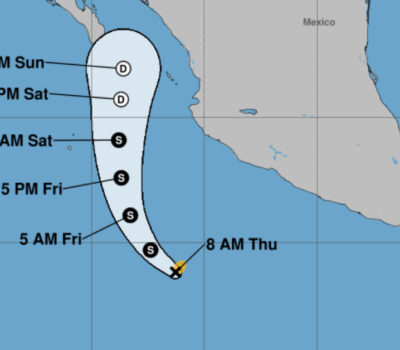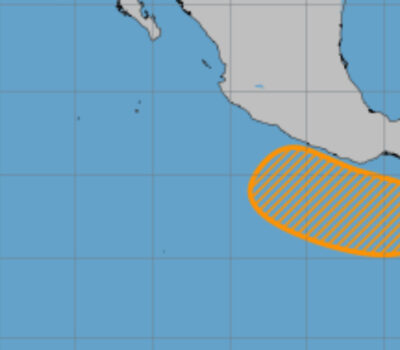Mexico is one of the countries that has documented lower numbers of COVID-19 infections compared to China, Italy, or the United States, although it is worth mentioning that Mexico has tested less than 90,000 people since February while other countries are testing over 100,000 people daily.
Although a possible decrease in transmission rates was forecast for the end of May for Mexico, it is likely that a second wave of the disease will return to Mexico in October.
Hugo López-Gatell, Undersecretary for Prevention and Health Promotion, assured that several cities in the country “can already see the light at the end of the tunnel”, yet there is a risk of having a second battle against the disease in October 2020.
Undersecretary assured that it is not possible to think about a total eradication of the virus, since all the countries around the world are going to have some risk of having a reinfection, as happens with seasonal influenza, according to the data he gave to the news agency Reuters.
“(Seasonal) influenza is going to return in October and is going to go away in March. This is definitely going to happen. What we do not know – and it is probable – is that, along with influenza, the second wave of COVID-19 could come,” he said.
Gatell also said that the key points of Mexico to avoid outbreaks that exceed the hundreds of thousands of infections were, first of all, the public preventive measures of health implemented through the National Day of Healthy Distance and the correct study of the data to reserve the available tests.
Mexico is the country that has performed the least tests to detect the coronavirus among the nations that make up the Organization for Economic Cooperation and Development (OECD), according to the Millennium data. So far, health institutions have carried out approximately 0.4 tests per thousand inhabitants.
The public official recently assured that, according to the Sentinel Model of Epidemiological Surveillance, in Mexico there are an estimated 104,562 minor cases of contagion by coronavirus as of Sunday, May 4.
The Undersecretary suggested that testing or knowledge of how many people are infected in the country isn’t important.
“You don’t need the number of cases. What is needed is to understand the data and understand what the mechanics of an epidemic are like to make the most appropriate decisions. There are several people who say ‘we are blind, we have no information’. He who wants to go blind is blind. We have the adequate information to make decisions ”, he assured.
The Geographic Information Center on COVID-19 of the National Autonomous University of Mexico revealed its own studies that within Mexico there would be between 176,000 and 265,000 infected people, almost double that estimated by the Mexican government.
Mexico is one of the countries that has documented lower numbers of COVID-19 infections compared to China, Italy, or the United States, although . . .












